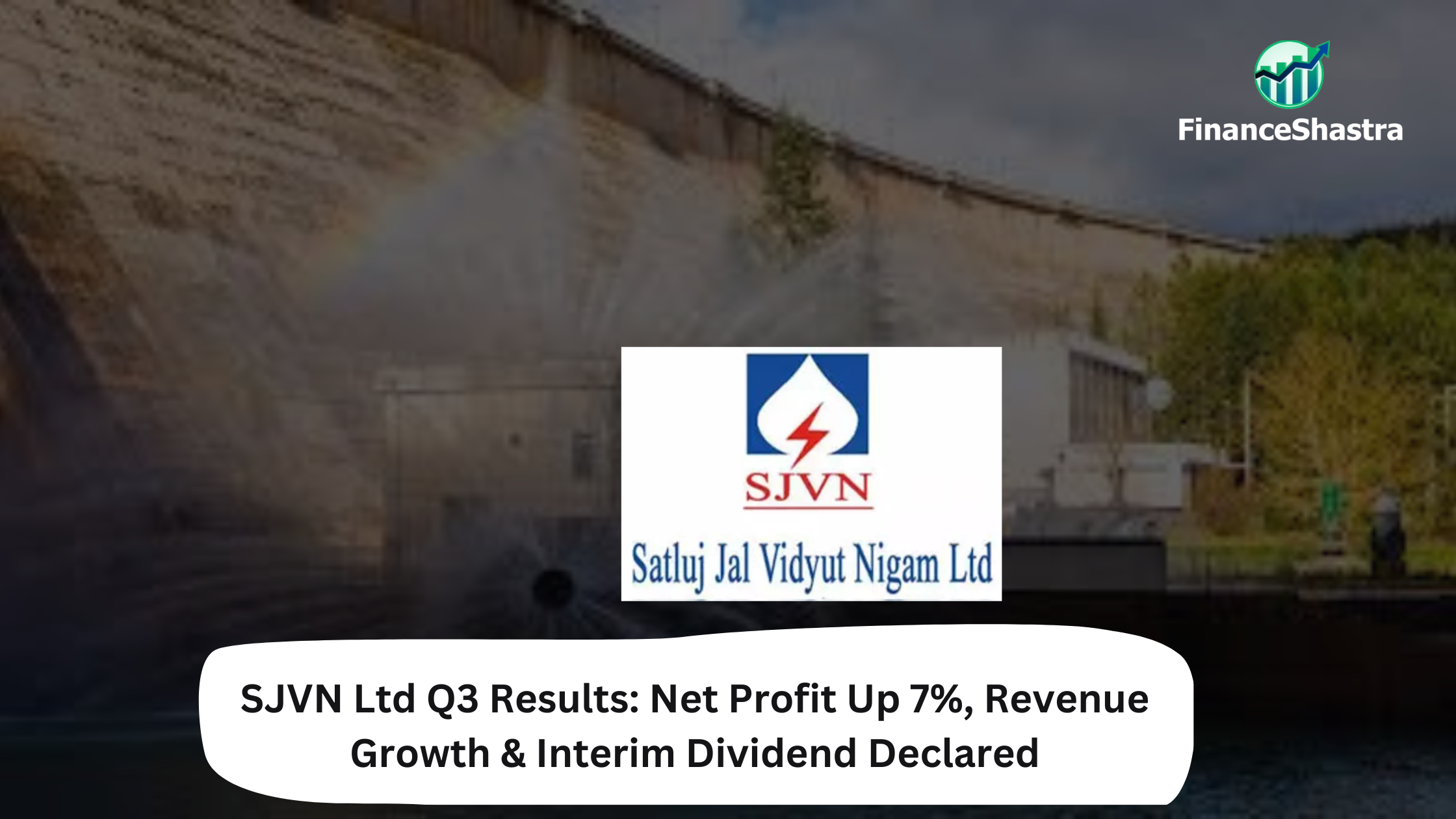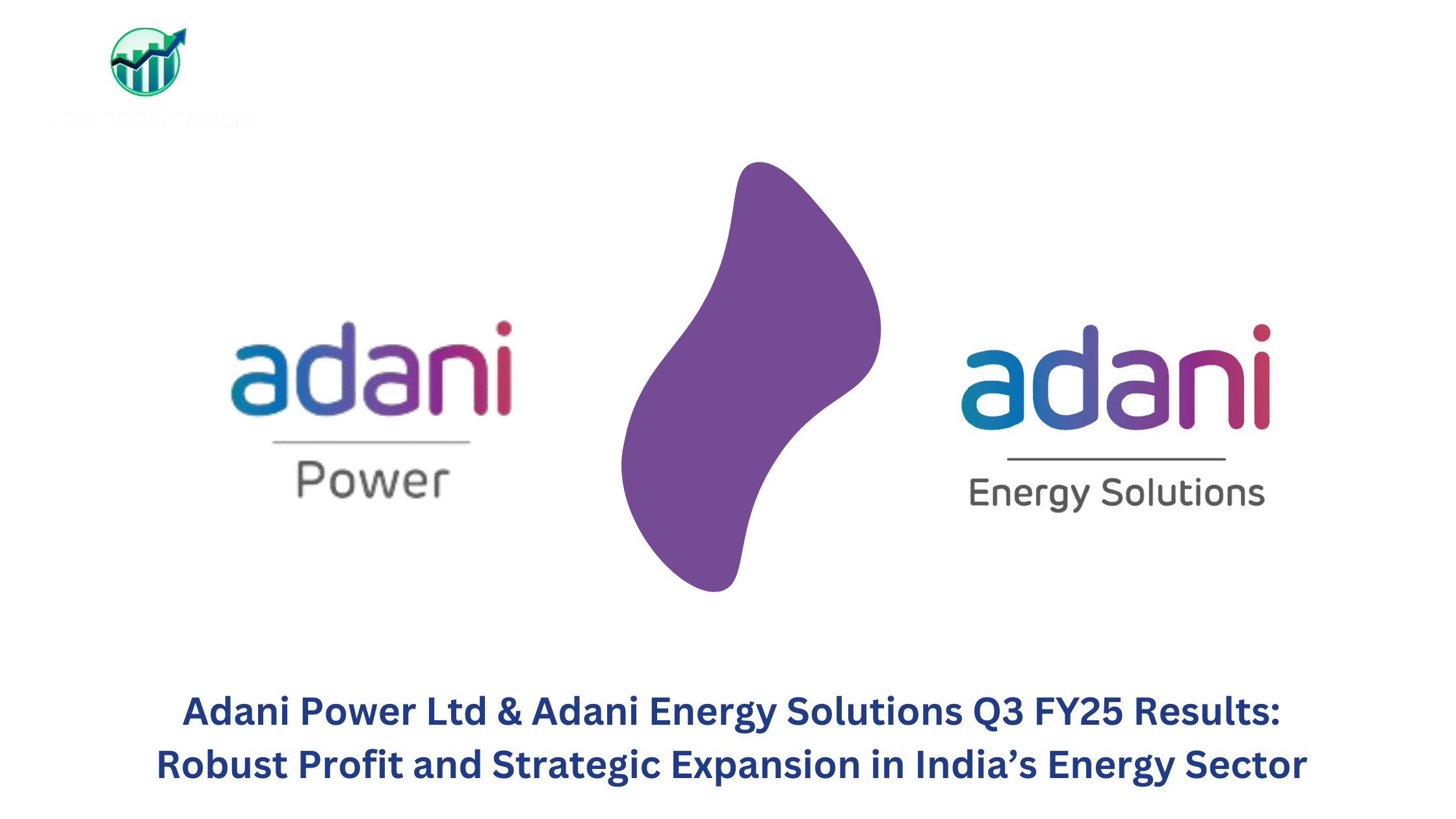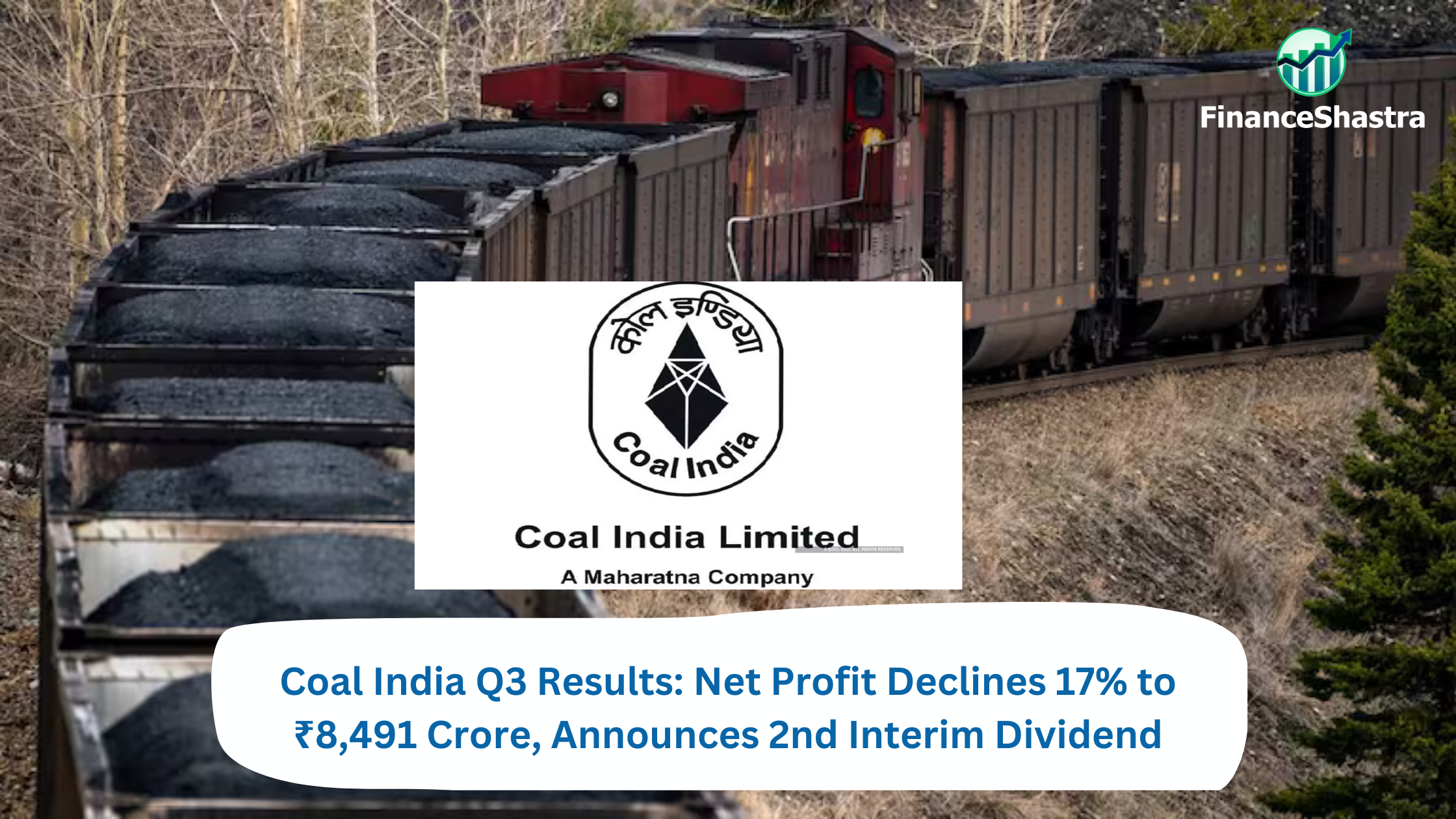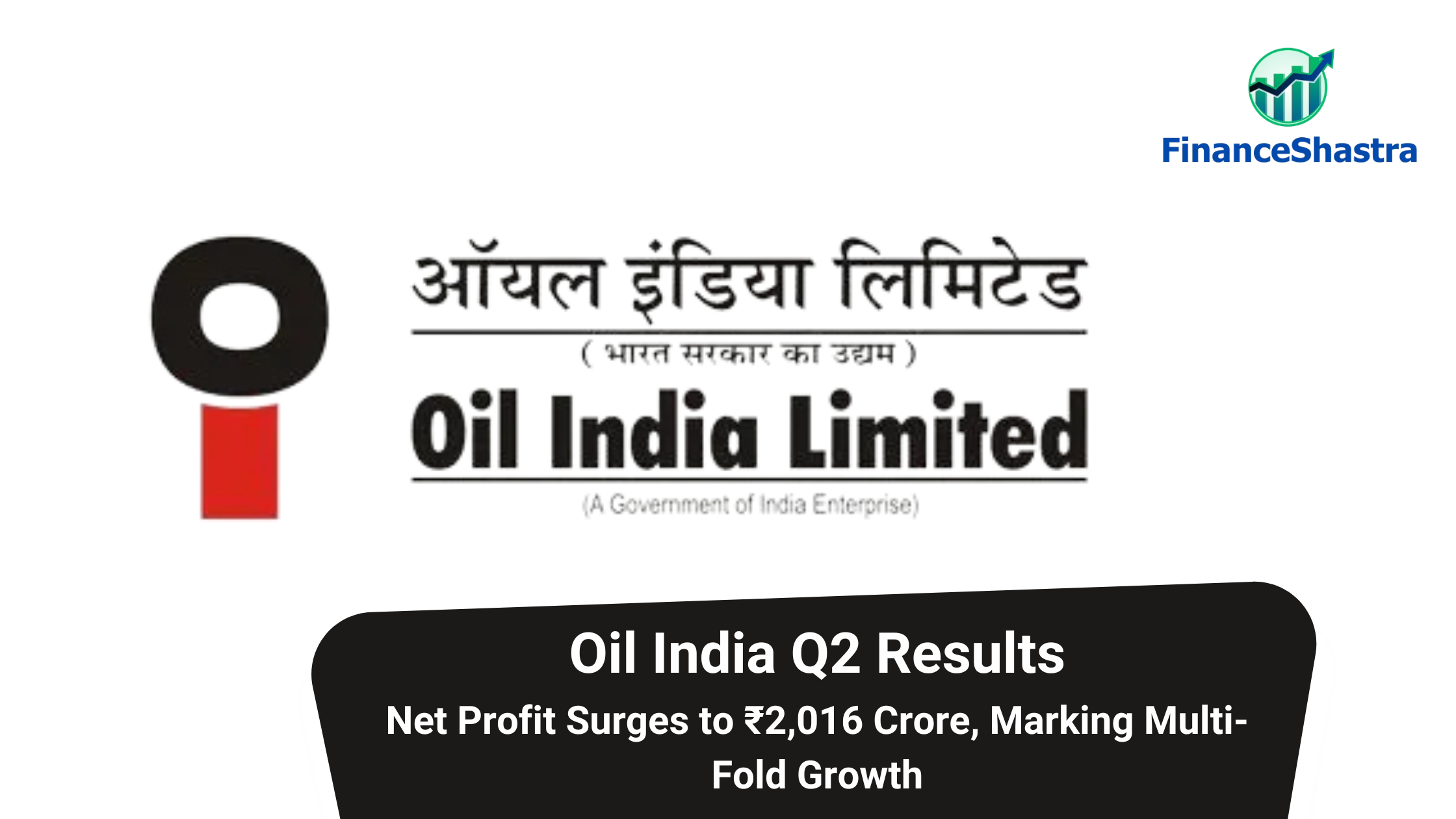SJVN Ltd Q3 Results: Net Profit Up 7%, Revenue Growth & Interim Dividend Declared
Business and Industry Overview:
SJVN Limited is a Nava Ratna, Category-I, and Schedule ‘A’ Central Public Sector Enterprise (CPSE) under the Ministry of Power, Government of India, incorporated on May 24, 1988, as a joint venture between the Government of India and the Government of Himachal Pradesh. The company has a shareholder pattern of 64.46% from the Government of India, 25.51% from the Government of Himachal Pradesh, and 10.03% from the public, with a paid-up capital of Rs. 4,136.63 Crore and an authorized capital of Rs. 7,000 Crore. SJVN was conferred with Navratna status on August 30, 2024. Initially starting with the Nathpa Jhakri Hydro Power Station (1500 MW) in Himachal Pradesh, SJVN has since commissioned a total of 14 projects, amounting to 2467 MW of installed capacity. The company is currently implementing power projects across various states in India, including Himachal Pradesh, Uttarakhand, Bihar, Maharashtra, Uttar Pradesh, Punjab, Gujarat, Arunachal Pradesh, Rajasthan, Assam, Odisha, Mizoram, and Madhya Pradesh, as well as in Nepal. A significant milestone includes the commissioning of the 400 kV double circuit Indo-Nepal Cross Border Power Transmission corridor on February 19, 2016, along with ongoing work on a 217 km long transmission line from Arun-3 HEP to the Indo-Nepal border.
Latest Stock News:
SJVN Ltd, a hydropower public sector unit, reported a 7% increase in consolidated net profit, reaching Rs 148.75 crore for the December quarter. This rise is attributed to higher revenues, as the company posted a net profit of Rs 138.97 crore during the same period last year, according to a filing with the Bombay Stock Exchange (BSE).
Total income for the quarter rose to Rs 760.76 crore, up from Rs 607.72 crore in the previous year.
The board of directors has also approved an interim dividend of Rs 1.15 per equity share for the 2024-25 financial year. The record date for the interim dividend is February 21, 2025, and dividend payments will commence from March 6, 2025, onwards.
Currently, the company’s shares are trading 2.60% lower at Rs 90.22, with a dividend yield of 1.99%.
Segmental information:
1. Electricity Generation:
Hydroelectric Power: SJVN’s core competency lies in hydroelectric power generation. The company operates significant projects, including the 1,500 MW Nathpa Jhakri Hydro Power Station and the 412 MW Rampur Hydro Power Station, both located in Himachal Pradesh. These facilities harness river water to produce renewable energy. citeturn0search12
Wind Power: Expanding into wind energy, SJVN has commissioned projects like the 47.6 MW Khirvire Wind Power Project in Maharashtra and the 50 MW Sadla Wind Power Project in Gujarat. These installations utilize wind resources to generate electricity. citeturn0search0
Solar Power: SJVN has ventured into solar energy with projects such as the 75 MW Parasan Solar Power Project in Uttar Pradesh and the 5.6 MW Charanka Solar Power Project in Gujarat. These solar installations contribute to the company’s renewable energy portfolio. citeturn0search12
2. Consultancy Services: Leveraging its expertise in power generation, SJVN offers consultancy services encompassing project planning, feasibility studies, engineering, procurement, construction management, and operational support. These services cater to other entities in the power sector, facilitating the development of energy projects.
3. Power Transmission: SJVN is involved in the transmission of electricity, ensuring efficient delivery from generation sites to distribution networks. This includes the construction, operation, and maintenance of transmission lines and substations, playing a crucial role in the power supply chain. citeturn0search1
4. Power Trading:To optimize its energy portfolio, SJVN engages in power trading activities. This involves the buying and selling of electricity, allowing the company to respond to market dynamics, balance supply and demand, and enhance revenue generation. citeturn0search1
5. Project Development and Execution: Beyond operating existing facilities, SJVN is actively involved in developing new power projects. This includes identifying potential sites, securing necessary approvals, and overseeing the construction and commissioning of new power plants across various energy sectors.
Subsidiary Information:
SJVN Arun-3 Power Development Company Pvt. Ltd. (SAPDC) : A wholly owned subsidiary established in Nepal for the implementation of the 900 MW Arun-3 Project and its associated transmission system.
SJVN Lower Arun Power Development Company Private Limited (SLPDC) : A fully owned subsidiary created for the development of the 669 MW Lower Arun Hydro Electric Project (HEP) in Nepal.
SJVN Thermal Private Limited (STPL) : A wholly owned subsidiary formed for the execution of the 1320 MW Buxar Thermal Power Project in Bihar.
SJVN Green Energy Limited (SGEL) : A fully owned subsidiary established to focus on capacity additions in new and renewable energy sources.
Joint Ventures
Cross Border Power Transmission Company Limited (CPTC) : A joint venture among IEDCL, Power Grid, SJVN, and NEA with equity participation of 38%, 26%, 26%, and 10%, respectively. This venture aims to construct and maintain an 86 km long, 400 kV double circuit (D/C) transmission line from Sursund on the India-Nepal border to Muzaffarpur.
Q3 Highlights:
- SJVN Ltd Q3 results: Net profit rises by 7% to Rs 149 crore on higher revenue
- The board of directors has also approved an interim dividend of Rs 1.15 per equity share for 2024-25.
- SJVN Ltd Q3 results Net profit rises by 7 to Rs 149 crore on higher revenue
- The board of directors approved an interim dividend of Rs 1.15 per equity share for the 2024-25 financial year.
Financial Summary:
| Amount in ₹ Cr | Q3 FY24 | Q3 FY25 | FY23 | FY24 |
| Revenue | 543.00 | 671.00 | 2,938 | 2,579 |
| Expenses | 175 | 214 | 665 | 737 |
| EBITDA | 368 | 457 | 2,273.00 | 1,843.00 |
| OPM | 68% | 68% | 77% | 71% |
| Other Income | 49 | 91 | 310 | 380 |
| Net Profit | 139.00 | 149.00 | 1,359 | 911 |
| NPM | 25.60 | 22.21 | 46.26 | 35.32 |
| EPS | 0.35 | 0.38 | 3.46 | 2.32 |




